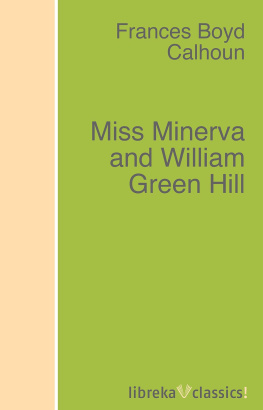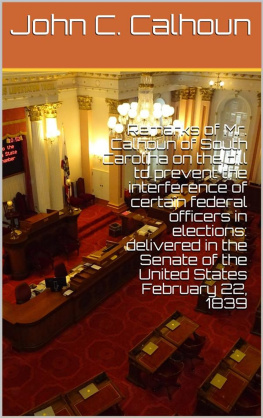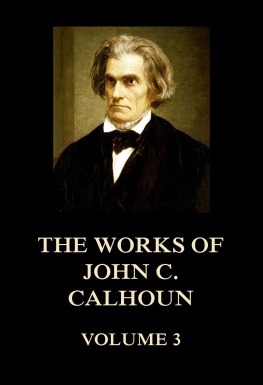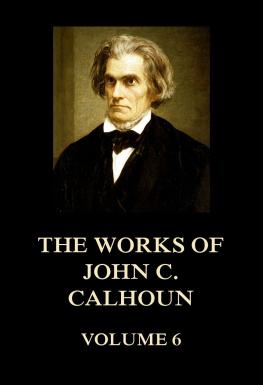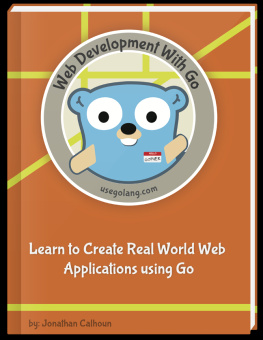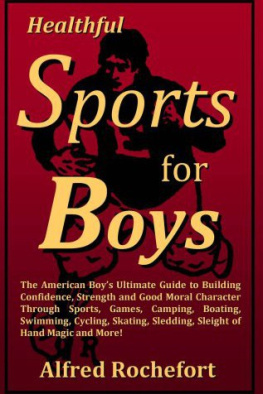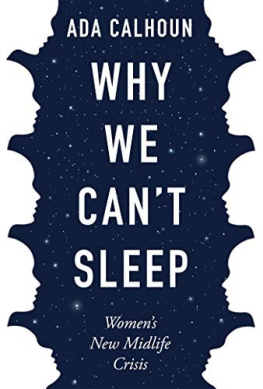Bob Calhoun - The Murders That Made Us
Here you can read online Bob Calhoun - The Murders That Made Us full text of the book (entire story) in english for free. Download pdf and epub, get meaning, cover and reviews about this ebook. year: 2021, publisher: ECW Press, genre: Detective and thriller. Description of the work, (preface) as well as reviews are available. Best literature library LitArk.com created for fans of good reading and offers a wide selection of genres:
Romance novel
Science fiction
Adventure
Detective
Science
History
Home and family
Prose
Art
Politics
Computer
Non-fiction
Religion
Business
Children
Humor
Choose a favorite category and find really read worthwhile books. Enjoy immersion in the world of imagination, feel the emotions of the characters or learn something new for yourself, make an fascinating discovery.
- Book:The Murders That Made Us
- Author:
- Publisher:ECW Press
- Genre:
- Year:2021
- Rating:3 / 5
- Favourites:Add to favourites
- Your mark:
- 60
- 1
- 2
- 3
- 4
- 5
The Murders That Made Us: summary, description and annotation
We offer to read an annotation, description, summary or preface (depends on what the author of the book "The Murders That Made Us" wrote himself). If you haven't found the necessary information about the book — write in the comments, we will try to find it.
The Murders That Made Us — read online for free the complete book (whole text) full work
Below is the text of the book, divided by pages. System saving the place of the last page read, allows you to conveniently read the book "The Murders That Made Us" online for free, without having to search again every time where you left off. Put a bookmark, and you can go to the page where you finished reading at any time.
Font size:
Interval:
Bookmark:

How Vigilantes, Hoodlums, Mob Bosses, Serial Killers, and Cult Leaders Built the San Francisco Bay Area
Bob Calhoun

To my dad, Leo, for showing me around the neighborhood that was while driving through streets that werent there.
If one must be murdered, it be far more satisfactory, from many standpoints, to be murdered in San Francisco.
Russel Crouse, New York Times, August 3, 1947
A Short History of the Ongoing End of San Francisco
San Francisco is over. You missed it. This aint the Summer of Love. Punk is dead. Die, yuppie scum. Die, techie scum. Fuckin hipsters.
But San Francisco has always been over. It ended about 20 years before you got hereno matter when that was. If you grew up here, it ended sometime before you turned 21, and you had to hear your older sister tell you how youre just tromping through the ruins of the real San Francisco that she was lucky enough to be around for.
My mother used to go to El Patio, this jazz club over on Market and South Van Ness in the 1950s. She danced to Prez Prado and the Dorsey Brothers when they blew through town. Bill Graham took it over in 1968 and turned it into the Fillmore West. Grateful Dead and Santana played there, and Allen Ginsberg read poetry from its stage.
The hippies took it over and ruined everything, my mother said, lamenting the downfall of El Patio and the San Francisco she knew. She and my dad hightailed it out of the city and moved to Redwood City. There werent any hoppin jazz clubs in the burbs, but they did get a swimming pool out of the deal. You had those kinds of options when you were fleeing the city because the rent was too damned low instead of the other way around. But to the baby boomers, the Summer of Love with all the brown acid you could OD on and venereal crabs you could catch was what made San Francisco what it was, and if you missed that, you missed San Francisco. The city was over. Dan White and Jim Jones stuck a fork in it in 1978. It was done.
My parents escaped the hippie ruination in the 60s. I returned to the city looking for that sort of thing. I saw Dead Kennedys at the Farm in the 80s, and I wrestled Macho Sasquatcho in a concrete nightclub in SOMA in the 1990s (not-so-humblebrags, I know), but I still feel like I missed the better, crazier, wilder San Francisco that had beenthat I was way too late.
This isnt to say that other cities dont inspire the same kind of nostalgia that San Francisco does. Vanishing New York will match every defunct diner and shuttered dive bar that Vanishing SF can throw at you. Chicago also mourns its closed-down watering holes (along with a heartbreaking number of public schools). But San Francisco seems to hold this idea that a more real version of itself existed sometime before you got there, poured into its very concrete and seeping out of the wood of its old Victorians. The city that was is the city that is, inseparable but kept apart by the chasm of time.
In Alfred Hitchcocks Vertigo (1958), when Tom Elmore as smarmy shipping magnate Gavin Elster (yes, his name is Gavin) hires Scottie Ferguson (Jimmy Stewart) to tail his wife, Madeleine (Kim Novak), he tells Ferguson, The things that spell San Francisco to me are disappearing fast. The mid-20th century San Francisco that Elster bemoans is the city that my mother longed to return to, 10 years before Ken Kesey, Jerry Garcia, and Grace Slick showed up and wrecked the damned El Patio. The city that was is also made seemingly more authentic by its crimes, or who shot who in the Embarcadero, August 1879, as Fergusons long-suffering gal pal Midge (Barbara Bel Geddes) puts it. And the San Francisco that was with its criminal past giving it gravitas becomes a malevolent force in Vertigo, possessing and obsessing Madeleine and Ferguson until the films climax in a centuries-old mission adobe.
One final thing I have to do, and then Ill be free of the past, Ferguson says as he drives Madeleine through redwood trees that have lived on this Earth for thousands of years. I have to go back into the past once more, just once more, for the last time.
The sad thing for him is that he cant. None of us can.
Twenty-two years earlier, the opening title card of MGMs San Francisco (1936) informed us that San Francisco dreams of the queen city she wassplendid and sensuous, vulgar and magnificent. That city was completely leveled by the 1906 earthquake and the pillars of flame that followed it. In the film, buildings shake apart via special effects that complete a Sodom and Gomorrah narrative. The city we live in today is the one that Clark Gable, Jeanette MacDonald, and Spencer Tracy pledge to rebuild as they march towards the camera, singing Battle Hymn of the Republic. The final shot of the film shows the smoldering ruins of San Francisco fading into the 1930s-era financial districta shot Scorsese pays homage to at the end of Gangs of New York (2002).
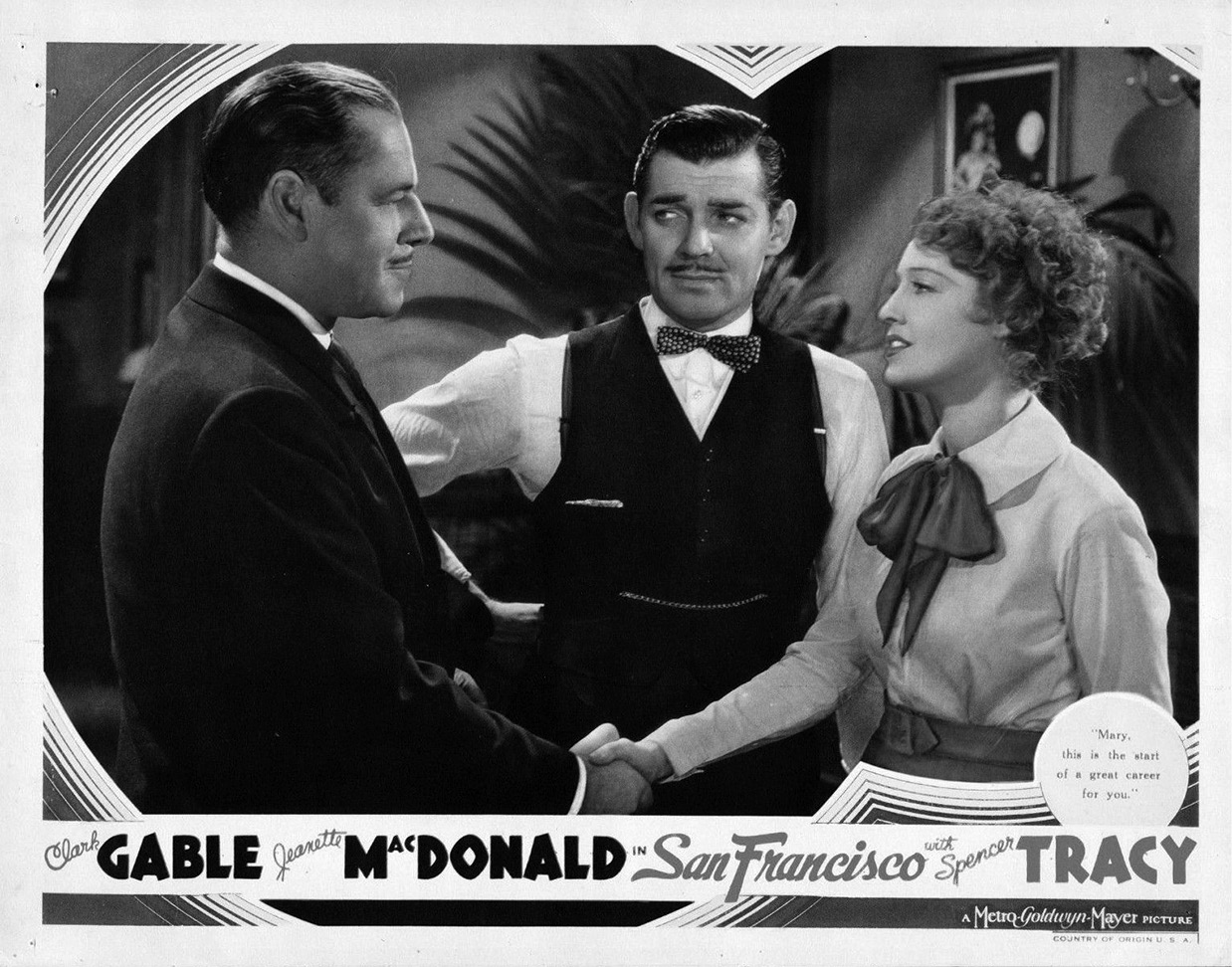
Lobby card for the 1936 film San Francisco, old Hollywoods celebration of the city that was.
The total destruction caused by the quake goes a long way towards explaining why San Francisco is a city preoccupied with its own demise, but these musings over Vanishing San Francisco predate 1906. Bret Harte, one of early Californias great scribes along with Mark Twain and Ambrose Bierce, tells us you pretty much had to come over on a tall ship with Richard Henry Dana to see the real San Francisco.
In Bohemian Days in San Francisco, published in the Saturday Evening Post in 1900, Harte recalls a city of houses with floors made from wooden tobacco crates and roofs that were nothing more than cloth tarps. If you thought (as I did) that things were rough in front of Taqueria Cancun on 18th and Mission in the 1990s, that scene had nothing on the weird stories of disappearing men found afterward imbedded in the ooze in which they had fallen and gasped their life away or that one Sunday when a Chinaman was stoned to death by a crowd of children returning from Sunday-school. If you werent there for that, youre just a goddamned poseur.
In The Mission Dolores, published in 1863, Harte waxes like the San Francisco Chronicles A Changing Mission series from 2014, only with more racism: The Mission Dolores is destined to be the The Last Sigh [sic] of the Native Californian, Harte writes. When the last Greaser [sic] shall indolently give way to the bustling Yankee, I can imagine he will, like the Moorish king, ascend to one of the mission hills to take his last lingering look at the hilled city.
I miss those black-haired women, with swaying unstable busts, Harte writes, speculating on a future San Francisco bereft of Latinas. Guess what, Bret? Theyre still here and, unfortunately, still being pushed out by todays version of bustling Yankees, with blockchains filled with crypto. Change itself seems to never change.
.jpg)
San Francisco scribe Bret Harte in 1872, dreaming of the lost San Francisco of 1851.
Font size:
Interval:
Bookmark:
Similar books «The Murders That Made Us»
Look at similar books to The Murders That Made Us. We have selected literature similar in name and meaning in the hope of providing readers with more options to find new, interesting, not yet read works.
Discussion, reviews of the book The Murders That Made Us and just readers' own opinions. Leave your comments, write what you think about the work, its meaning or the main characters. Specify what exactly you liked and what you didn't like, and why you think so.



